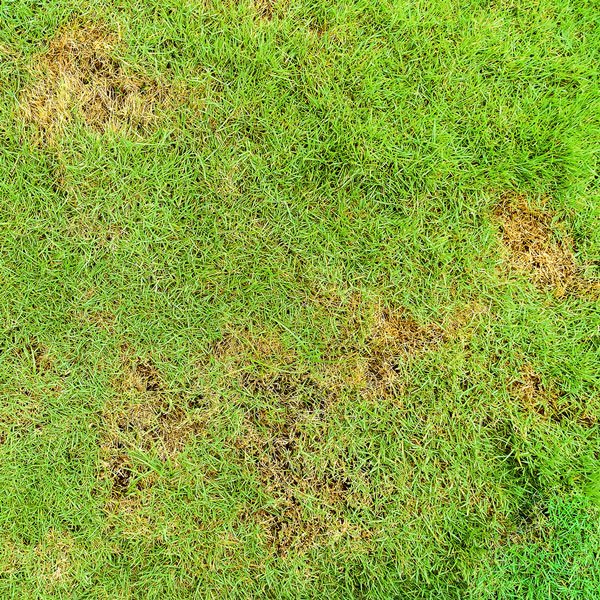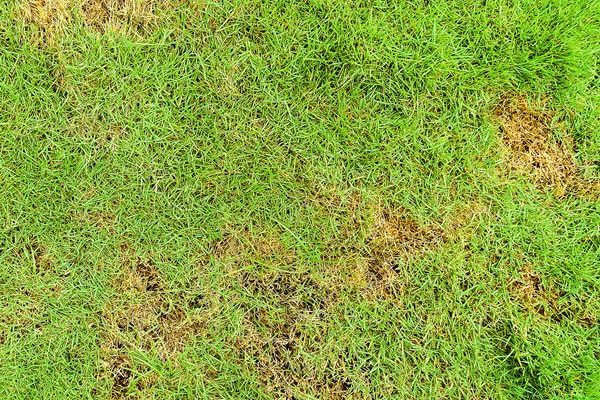
Grub worms are the larvae of certain beetles, and while they might be small, they can cause big problems for your lawn if left unchecked. If you’re not careful, these worms can ruin the lush greens you worked so hard to cultivate. Today, I’ll walk you through how to spot these little guys before they become a major headache, allowing you to keep your lawn healthy and vibrant. So grab a cup of coffee, and let’s dive into the world of grub worms!
What Are Grub Worms?
Grub worms, also known simply as “grubs,” are the larvae of various beetle species, most commonly the Japanese beetle, May beetle, and the chafers. They tend to thrive in warm, moist environments, usually munching on the roots of grass and plants. Imagine them as the hidden villains in your yard, working beneath the surface while you’re blissfully watering your plants and mowing the lawn.
Typically, these worms are white and C-shaped, about 1 inch long when fully grown. They begin their lives as eggs laid in the soil, and as they hatch, they start their feast on grass roots. These worms literally dig in, and if you don’t notice them early enough, they can cause substantial damage that’s not only unsightly but also costly to repair.
Signs of Grub Worm Activity
Now that we know what grub worms are, let’s talk about how to recognize their presence before they inflict serious damage. Honestly, the signs can be quite subtle at first. Here are a few key indicators to look out for:
- Brown patches: If you start seeing small brown spots or areas on your lawn, it could be the result of grub worms munching on the roots. This is often the first visible sign of their presence.
- Discolored grass: The grass may look unhealthy, appearing yellow or wilted. This is because the roots are damaged, and the grass can’t get the nutrients it needs.
- Increased bird activity: If you notice more birds than usual pecking at your lawn, it could mean they’re finding a feast of grubs just below the surface.
By keeping an eye out for these signs, you can catch grub worms before they cause significant damage to your lawn.
How to Check for Grub Worms
So, how do you confirm that grubs are the culprits behind your lawn’s sad appearance? It’s pretty simple! You don’t need any fancy tools, just some basic investigative skills. Here’s a step-by-step guide on how to check for grub worms:
1. **Choose a patch of grass**: Look for areas showing signs of distress, like browning or wilting.
2. **Lift the grass**: Use a shovel or your hands to gently lift the grass in that area. You’re looking for the soil underneath.
3. **Inspect the soil**: If you find more than 5–10 grubs per square foot, you’ve got a significant infestation. Look for those small, C-shaped, white larvae wriggling around in the soil.
If you find grubs, don’t panic! Early detection means you can still take action to save your lawn.
Effective Prevention Strategies
Preventing grub worms is definitely easier than dealing with an infestation. Here’s the thing: a healthy lawn is your best defense! Here are some simple strategies to help you keep your yard grub-free:
- Maintain healthy grass: A well-maintained lawn with proper watering, mowing, and fertilizing can resist grub infestations.
- Consider using nematodes: These microscopic worms are natural predators of grubs. When applied to the soil, they can help keep grub populations in check.
- Regularly aerate your lawn: This process involves perforating the soil to allow air, water, and nutrients to penetrate. This promotes a healthier root system that can fend off pests.
By following these tips, you create an environment where grub worms find it hard to thrive.
When to Treat for Grubs
Timing is everything when it comes to treating grub worms. Applying pesticides or natural treatments too early or too late can lead to ineffective results. Typically, the best time to treat for grubs is in late summer to early fall, just before they burrow deep into the soil for winter. You might be wondering, why then?
Let me explain: treating at this time allows the treatment to target the young larvae when they are actively feeding. If you wait until spring, they’ll be deeper in the soil, making it tougher to reach them and resulting in less effective treatment.
Choosing the Right Treatment
When it’s time to deal with grub worms, you might be pondering what method is best. There are mainly two options: chemical treatments and natural alternatives, each with its pros and cons.
- Chemical pesticides: These can be highly effective and work quickly. However, they can also harm beneficial insects and the environment, so it’s essential to use them sparingly and follow instructions closely.
- Natural treatments: Options like neem oil and insecticidal soaps are gentler on the ecosystem. They might take longer to see results, but they’re often less harmful to beneficial wildlife.
Whichever route you choose, always read the labels and follow instructions to ensure the best results without causing harm.
Wrapping It Up
Spotting grub worms early can mean the difference between a thriving lawn and a patchy disaster. Keep an eye out for the signs, regularly check your lawn, and maintain a healthy environment to prevent these pesky pests from taking over.
Whether you’re a seasoned gardener or just getting started, tackling grub worms doesn’t have to be complicated. With a little knowledge and a proactive approach, you can keep your lawn lush, green, and grub-free. So, the next time you sip that coffee, take a moment to appreciate your healthy lawn, free from those sneaky little invaders!

